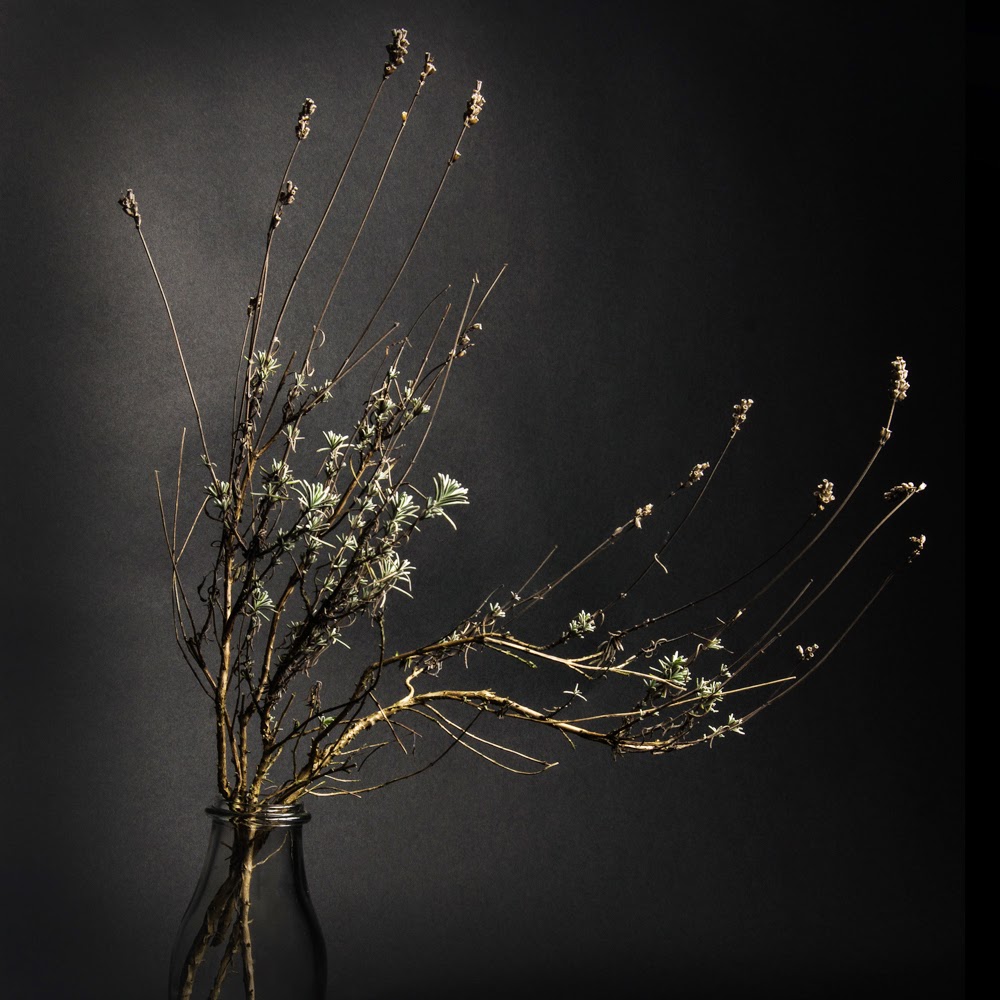Well after much deliberation I have decided to go with the Pennines project. The more I visit the area the more I am compelled to return. I have a project, it started with the invisible boundaries we create, mankind's need for ownership. It actually is from my first ever project when i first started my foundation degree in 2012, it was about boundaries and here is the original photograph:
So here's were I came in and it looks like where I will inevitably finish my Fd in Photography. My work has changed dramatically since this photograph was taken. Originally I thought we need to make the image more beautiful, but now I have realise it was already beautiful and my job is now to capture that beauty. In Fact here is one I took only a few days ago and I am going to add it to my end of year show. Firstly because it reminds me of where I started and these issues are still important to me. secondly because it is still in keeping with the body of work I have just produced:
So here's were I came in and it looks like where I will inevitably finish my Fd in Photography. My work has changed dramatically since this photograph was taken. Originally I thought we need to make the image more beautiful, but now I have realise it was already beautiful and my job is now to capture that beauty. In Fact here is one I took only a few days ago and I am going to add it to my end of year show. Firstly because it reminds me of where I started and these issues are still important to me. secondly because it is still in keeping with the body of work I have just produced:



























